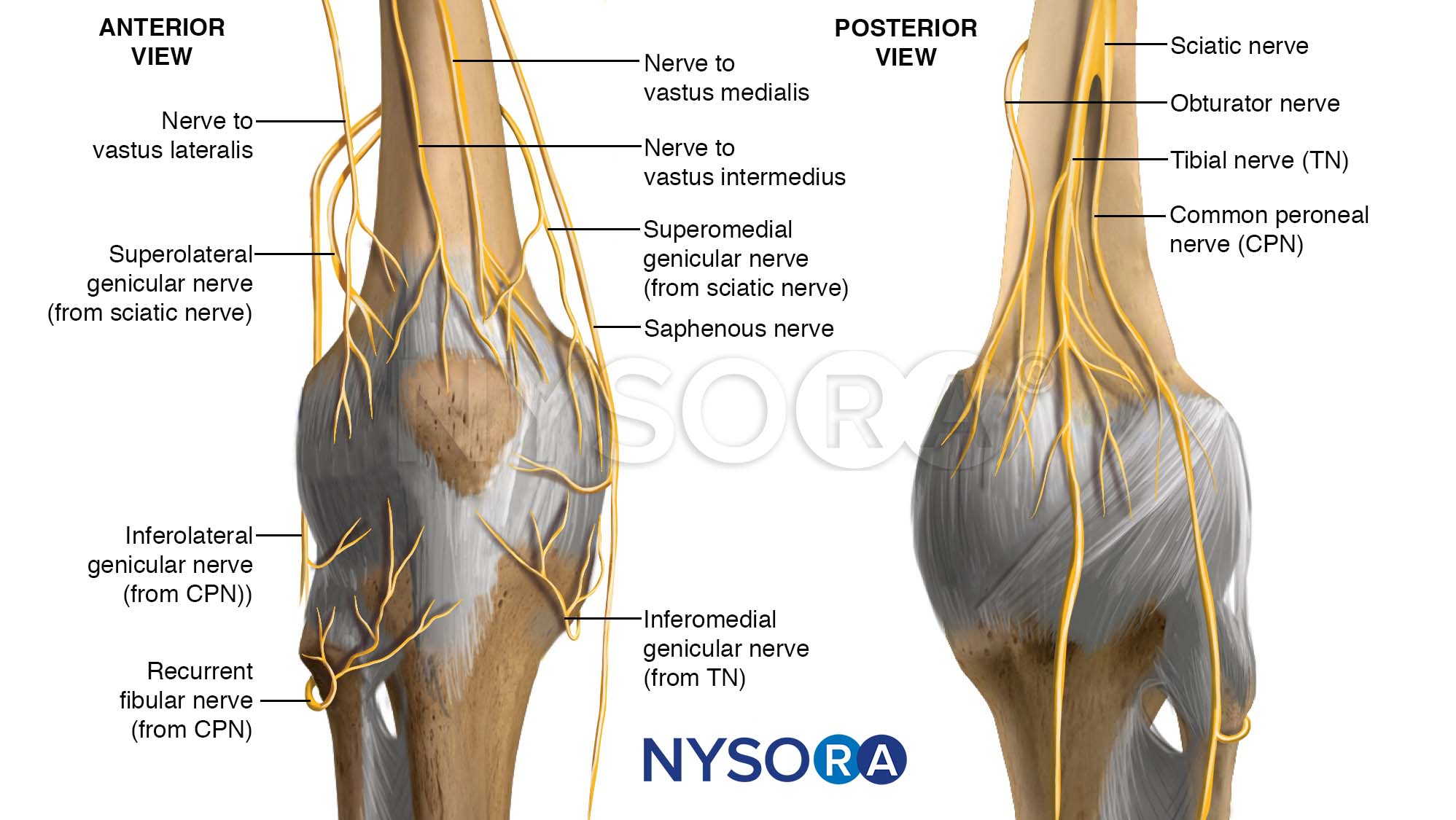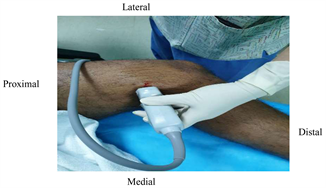
#Ipack block code
When reporting an unlisted code to describe a procedure or service, supporting documentation (eg, procedure report) should be submitted to provide an adequate description of the nature, extent, and need for the procedure, as well as the time, effort, and equipment necessary to provide the service. It is important to avoid selecting a CPT code that merely approximates the service provided therefore, if a specific code does not exist, always report the service using the appropriate unlisted procedure or service code. Therefore, code 64999, Unlisted procedure, nervous system, should be reported. Currently, there is no specific CPT code to report an IPACK block. The IPACK block is directed at a tissue plane, not at a specific nerve. Our coding department posed a question to the American Medical Association (AMA)-the entity primarily responsible for developing CPT codes-as to whether an existing CPT code could be used for the IPACK block. The IPACK technique was first introduced at the American Society of Regional Anesthesia (ASRA), Spring meeting in 2012.īecause these are not specifically popliteal blocks, they cannot be billed with 64445, and this is why CPT has designated them as unlisted for now. The goal of IPACK is to selectively block only the innervation of the posterior knee joint while sparing the main trunks of tibial and common peroneal nerves, thereby maintaining the sensorimotor function of the leg/foot. These articular branches can be blocked by infiltrating this tissue plane between the popliteal artery and the capsule of the knee (IPACK) with local anesthetic solution under ultrasound guidance. The articular branches, after arising from the main trunks of the tibial and obturator nerves, travel through a tissue space between the popliteal artery and the femur to innervate the posterior capsule of the knee. A selective tibial nerve block in the popliteal fossa is an alternative to the sciatic nerve block and can provide analgesia without causing a foot drop, but it decreases sensory perception in the sole of the foot and causes weakness of plantar flexion. Posterior knee pain can be controlled by a sciatic nerve block, but this leads to undesirable foot drop and may delay diagnosis and treatment of surgically induced common peroneal nerve injury. This pain is mediated by articular branches that originate primarily from the tibial component of the sciatic nerve with contributions from the obturator nerve. Since a CPT code is the key to payment for a surgical service, one must ask what happens when a provider performs an unlisted procedure? It is a critical question with an uncertain answer.Ĭontrolling posterior knee pain after total knee arthroplasty is an important component of the comprehensive strategy for providing postoperative analgesia. The two most common are IPACK (infiltration between the popliteal artery and capsule of the knee) and erector spinae blocks.

What is significant about these new codes is that ultrasonic guidance (USG) is bundled into the payment for each code, whereas USG is separately payable when used for the other blocks mentioned above.Īs the volume of blocks continues to increase, our coding team is receiving details of blocks that are not sanctioned by CPT. It used to be that there was no specific code for a TAP block, but then four codes were added three years ago reflecting the four ways TAP blocks can be performed: unilaterally or bilaterally single shot or continuous (64486, 64487, 64488, and 64489). For example, adductor canal blocks are billed as femoral blocks and popliteal blocks are billed as sciatic blocks. There are a number of variations on the theme that have been sanctioned by CPT, the definitive coding reference guide. They are 64415 for interscalene blocks, 64447 for femoral nerve blocks and 64445 for sciatic block-all of which are paid from a surgical fee schedule and not ASA units, as would be the case for anesthesia services.

Three main codes have generally served the needs of most providers. Not only has the number of blocks performed by our clients increased significantly, especially for the management of orthopedic procedures, but providers have introduced new and refined techniques and approaches.

The use of nerve blocks for acute pain management has undergone a dramatic transformation over the past ten years. The process of establishing new codes may be slow, but it does eventually include valuable services. Providers should not be discouraged from trying new techniques just because they may be unpayable. Many new nerve blocks are still unlisted, even though they are now used quite commonly. CPT codes often take time to be established.


 0 kommentar(er)
0 kommentar(er)
